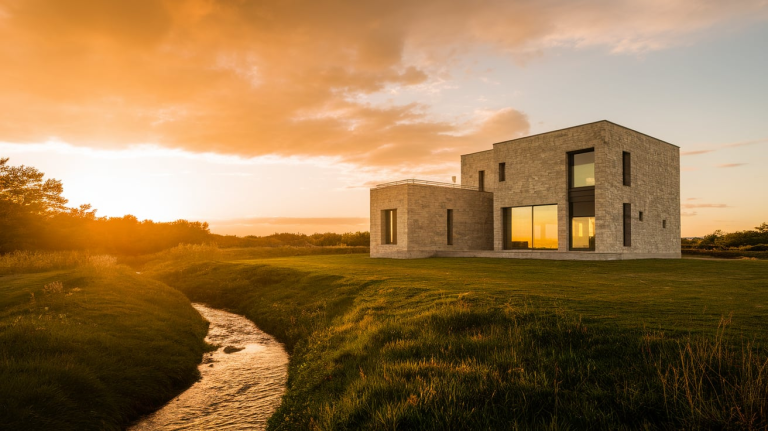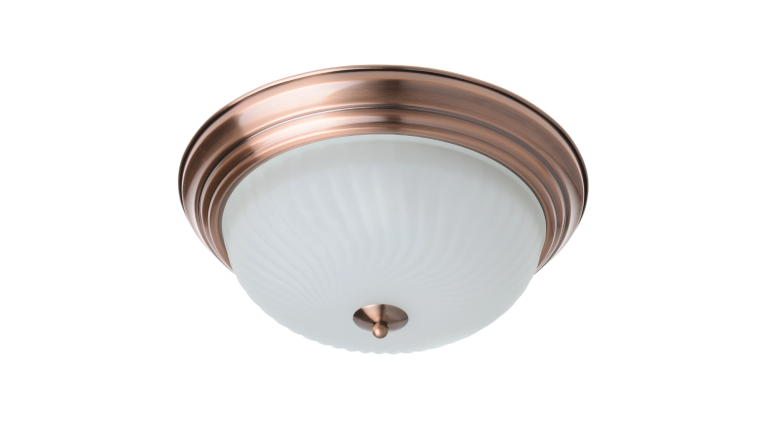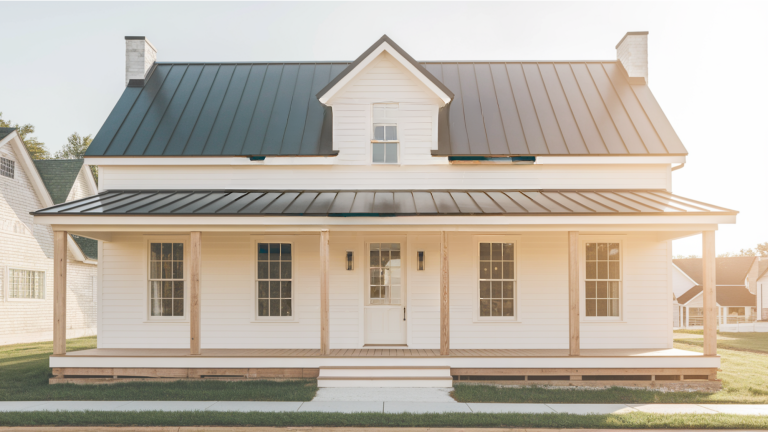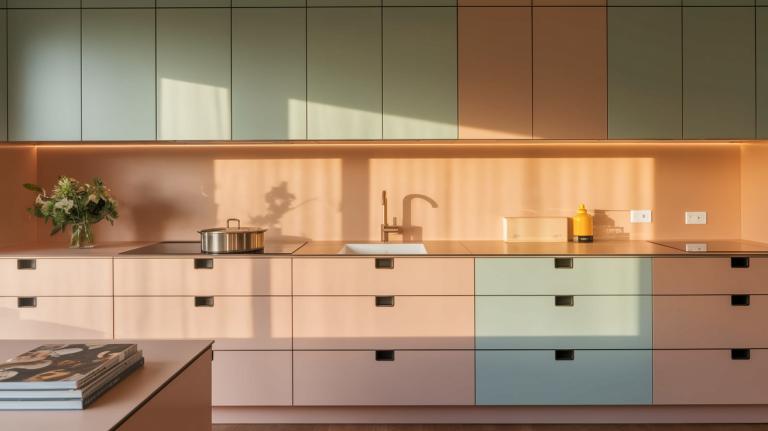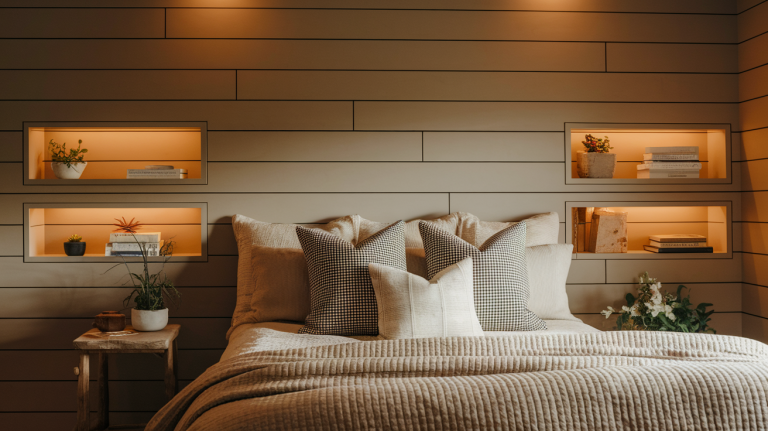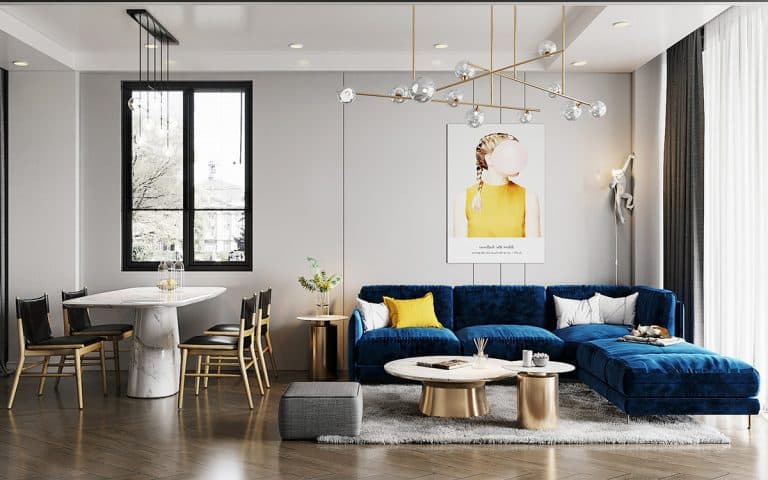21 Types of Trim and Molding Options for Yor Home
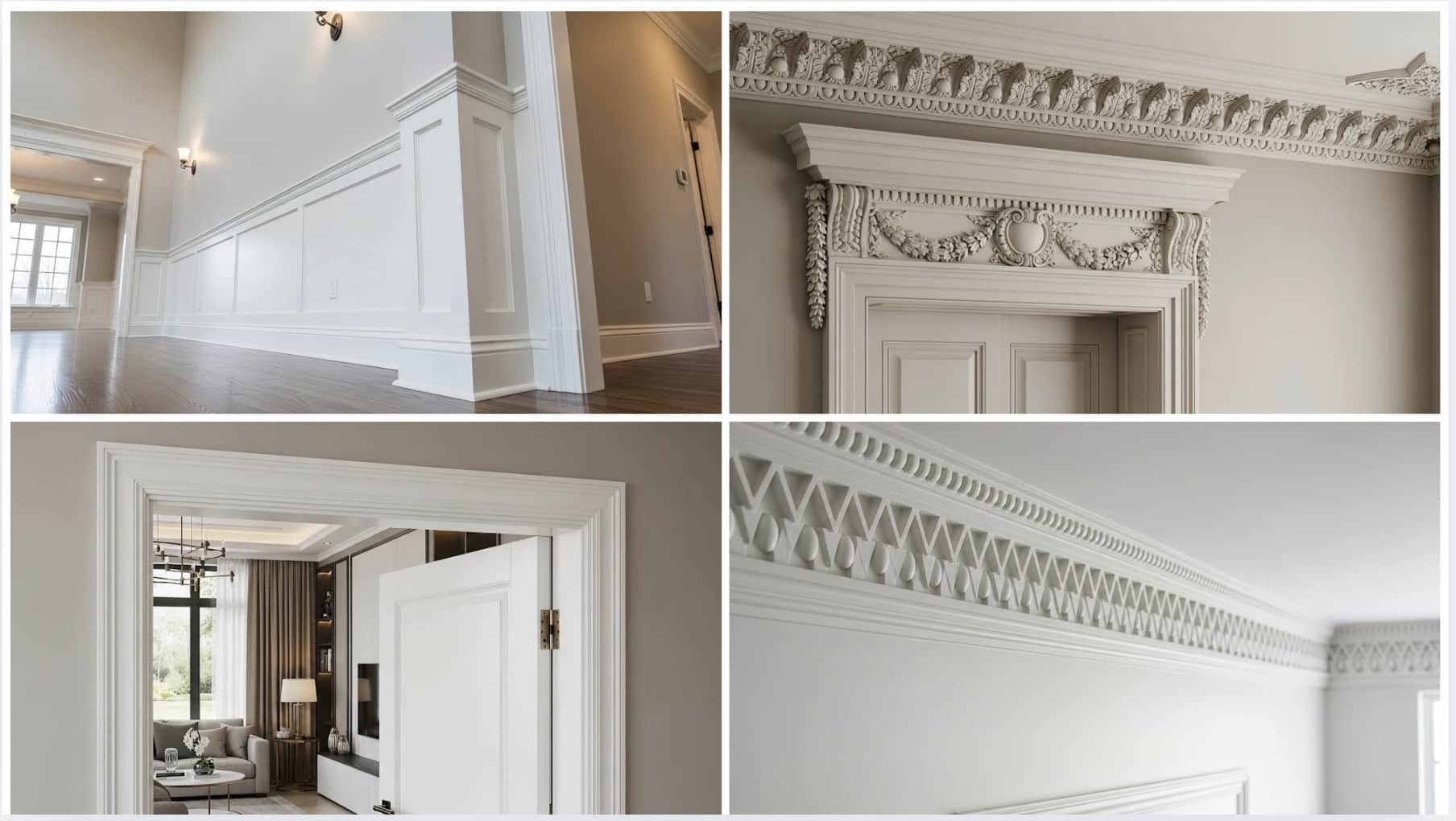
Changing the look of a room can be simple when you update the trim. It is one of the most powerful design tools you have.
The right trim style frames your walls, doors, and windows while adding charm, value, and personality to every part of your home.
Whether you want a classic look or a bold statement, knowing the different types of trim and molding will help you make better choices.
We will tell you about the best trim styles for each space, popular styles, and simple ideas to upgrade your home easily.
Why Does Trim and Molding Matter?
Trim and molding play a crucial role in home design, serving both practical and structural purposes.
While often overlooked, these elements can drastically change the feel of a room.
- Functionality: Trim and molding protect walls, doors, and floors by covering gaps and preventing damage from furniture, cleaning, and everyday wear.
- Aesthetic Appeal: They add style and create a clean, finished look that matches your decor, from classic crown molding to modern baseboards.
- Value Addition: Quality trim makes your home feel well cared for and more attractive to buyers, helping increase its overall value and appeal.
Ultimately, trim and molding are more than just decorative details; they are an essential part of creating a complete, beautiful home.
Materials Used for Trim and Molding
When selecting trim and molding for your home, the material plays a crucial role in both style and functionality.
Different materials offer distinct benefits, from traditional wood to modern PVC and metal options.
| MATERIAL | DESCRIPTION | PROS | CONS |
|---|---|---|---|
| Wood | Natural, classic choice for traditional styles | Strong, versatile | Needs upkeep, warps easily, costly |
| MDF | Smooth, budget-friendly option | Cheap, great for painting | Not moisture-resistant, dents easily |
| PVC/Vinyl | Best for damp areas like baths and kitchens | Water-resistant, easy care | Looks less natural, may crack |
| Polyurethane | Lightweight, wood-like look | Easy to handle, flexible | Scratches easily, not as strong |
| Flexible Molding | Fits curved or odd shapes | Bends to shape, great for arches | Needs careful installation |
| Metal | Modern, industrial trim choice | Tough, sleek, durable | Can be costly with limited styles |
Common Types of Trim and Molding
There are many types of trim and molding, each with a different look and purpose. Choosing the right one helps finish your space cleanly.
Functional Trims
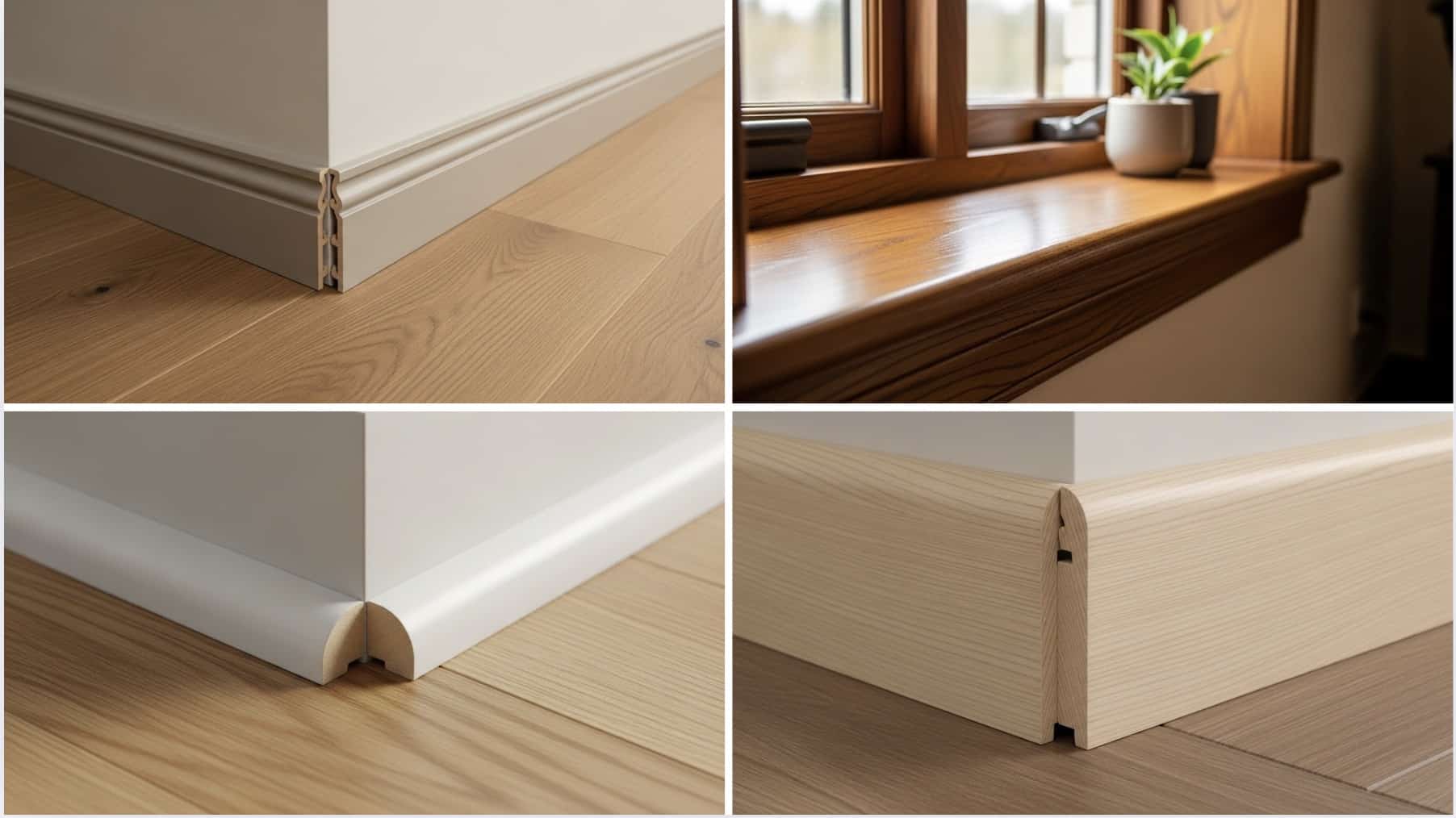
These trims serve a practical purpose. They hide gaps, protect surfaces, and create a neat edge between walls, floors, doors, or ceilings.
1. Baseboard Trim
Baseboard trim protects wall bottom edges from damage caused by foot traffic, furniture, and cleaning tools while covering gaps between walls and floors for smooth transitions.
Available in various heights and profiles, baseboards enhance room appearance and give a polished, professional look that complements different interior design styles.
2. Shoe Molding
Shoe molding is a smaller, thinner trim used to cover the gap between the baseboard and floor.
It’s commonly used with hardwood or tile floors, helping to hide imperfections or irregularities in flooring while offering a neat, clean finish.
3. Quarter Round
Quarter round is another small trim that fills the gap between baseboards and floors. Its curved design softens the corner, providing a more refined look.
It is often used when a minimalist look is preferred, ensuring the space feels polished without excess detail.
4. Sill Molding
Sill molding provides a finished look to windowsills and offers protection against moisture, which is especially important in areas prone to condensation.
It can serve as a functional ledge for placing small items or plants.
Protective and Decorative Trims
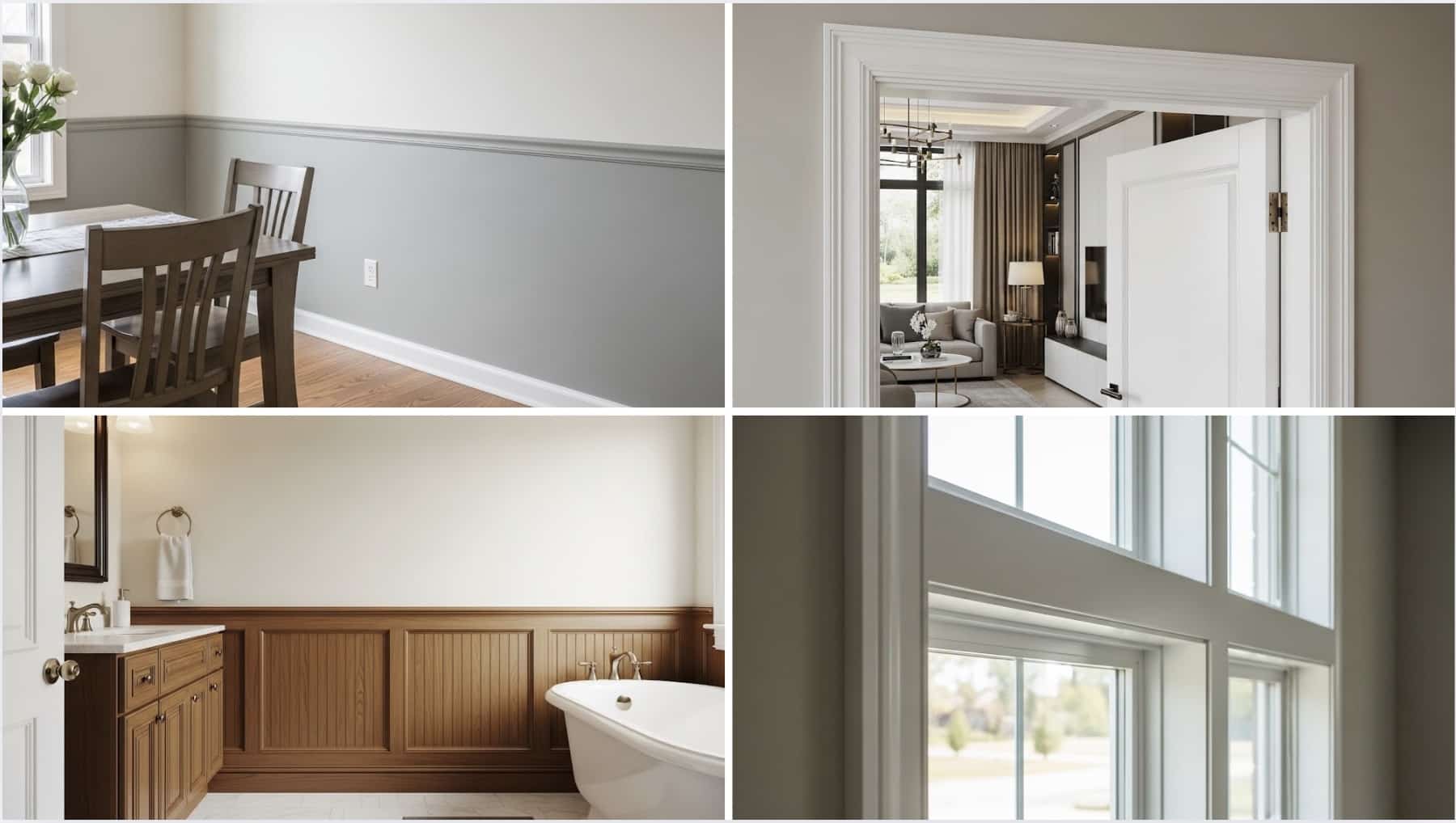
These trims add both style and functionality, protecting walls from damage and helping to divide sections of a room, all while enhancing the visual appeal of your space.
5. Chair Rail molding
Chair rail molding is typically installed halfway up the wall, acting as a guard to prevent chair backs from damaging the wall.
It also creates a visual distinction between the lower and upper portions of the wall, making it ideal for dining rooms, kitchens, or living areas.
6. Wainscoting
Wainscoting is a type of wall paneling applied to the lower half of the wall to protect it from moisture or dirt. It adds texture and character, especially in dining rooms or bathrooms.
The different styles of wainscoting (like beadboard or raised panels) can dramatically change the look of a room.
7. Door Casing
Door casing is used around door openings to cover gaps between the door frame and the wall. It provides a clean, finished look and comes in a variety of styles, from simple to ornate.
It’s essential for framing doors and windows, contributing to a room’s overall appearance.
8. Window Casing
Similar to door casing, window casing is the trim that surrounds windows.
It can vary in thickness and style, from minimalist modern to more elaborate traditional designs, enhancing the visual appeal of the window while hiding any gaps or imperfections.
Decorative Trims
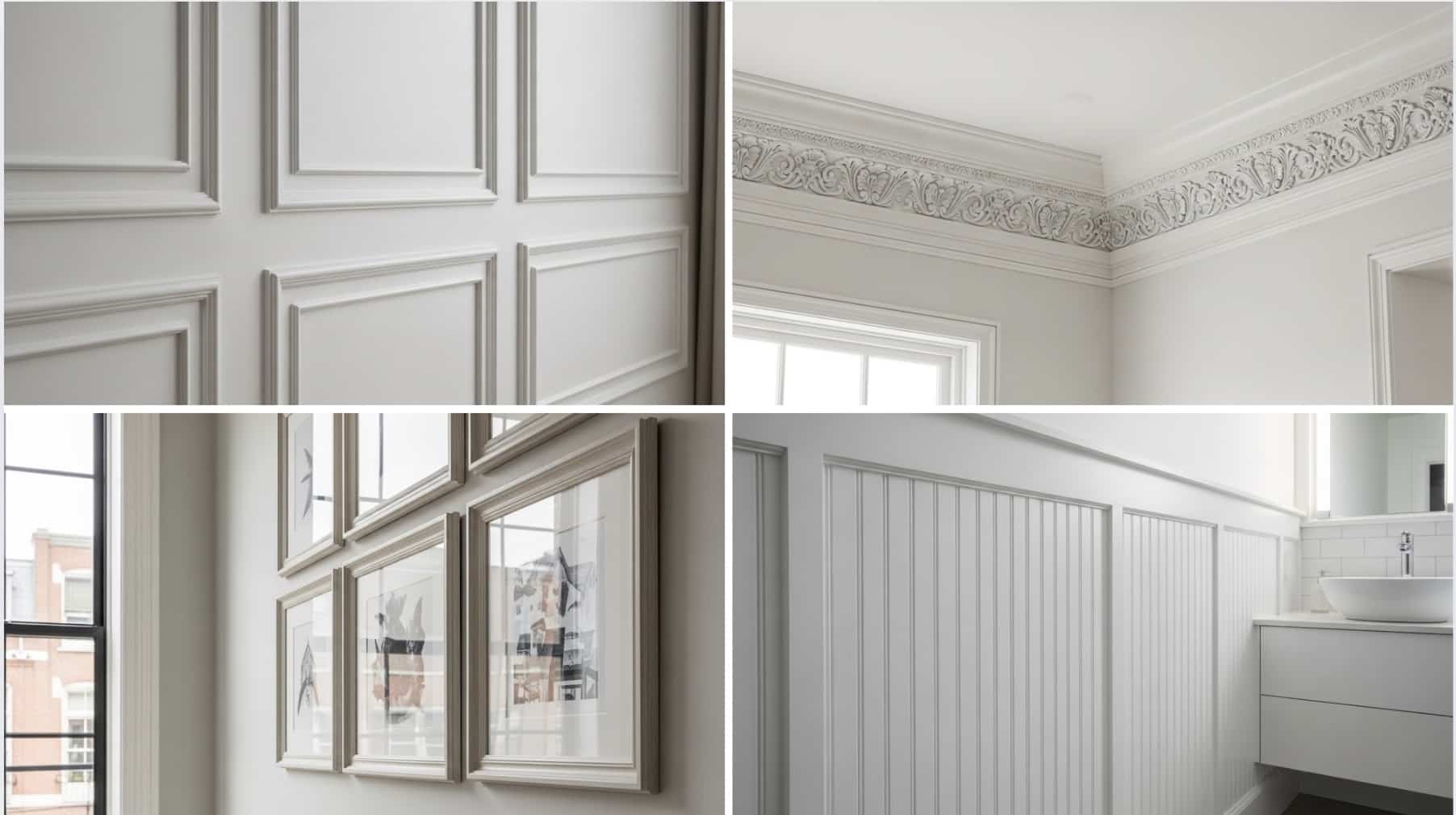
These trims primarily focus on adding decorative elements, such as accentuating structural details or enhancing the overall atmosphere of a room.
9. Crown Molding
Crown molding is installed where the walls meet the ceiling, adding style and a touch of luxury.
It softens the harsh transition between vertical and horizontal planes, and can be used to make ceilings appear taller.
10. Picture Frame Molding
Picture frame molding is used to create framed sections on walls, often highlighting artwork, mirrors, or structural features.
This trim adds dimension and depth to any space, giving it a gallery-like or distinguished appearance.
11. Panel Molding
Panel molding is used to create framed panels within a wall, enhancing the structure and creating visual interest.
Often combined with wainscoting, it divides larger walls and adds a formal touch to a room.
12. Beadboard
Beadboard is a type of paneling characterized by small vertical grooves, offering texture and depth to a space.
It’s perfect for creating a coastal, farmhouse, or rustic feel and can be used on entire walls or as wainscoting.
13. Shiplap Molding
Shiplap molding consists of horizontal wooden planks with visible gaps between them, creating a rustic, vintage look.
It’s widely used in farmhouse-style designs and coastal spaces to add warmth and texture.
14. Cove Molding
Cove molding is a concave trim that smooths the junction between the wall and ceiling, offering a subtle look.
It works well in modern interiors where a simple yet refined appearance is desired.
15. Cornice Molding
Cornice molding is an elaborate trim often used at the top of the walls, where they meet the ceiling.
It’s perfect for creating a grand, dramatic look, especially in high-ceilinged rooms.
Ornate and Classical Trims
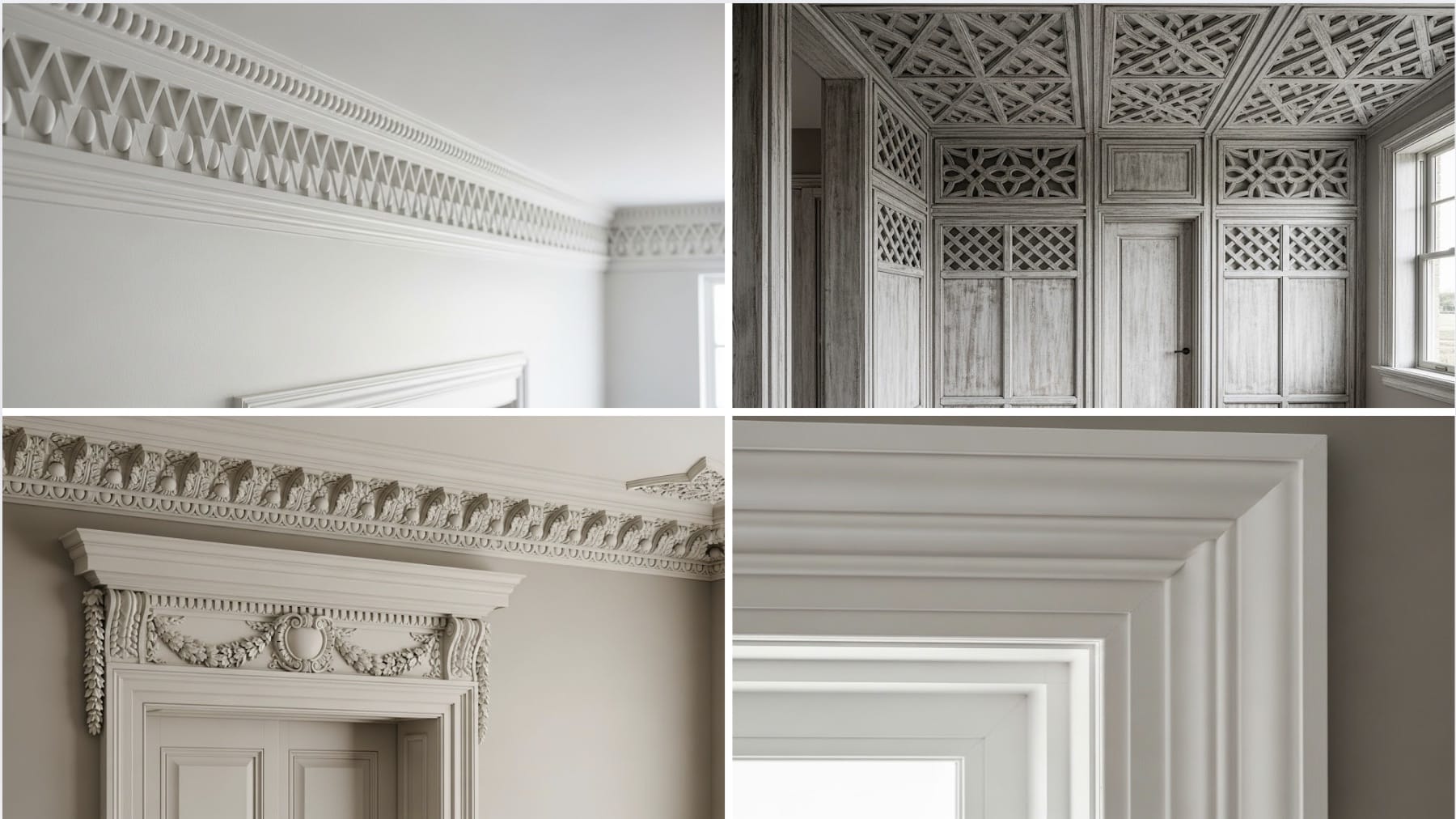
These trims are often more elaborate and provide a sense of grandeur, with intricate details and bold designs.
They are ideal for traditional, historic, or high-end spaces.
16. Dental Molding
Dental molding features alternating egg and dart shapes, often found in crown molding or cornices.
It’s an ancient design element that adds a classic, polished touch, especially in formal or historically inspired rooms.
17. Egg-and-Dart Molding
Egg-and-dart molding is another intricate design featuring a series of oval (egg-shaped) forms alternating with pointed, dart-like patterns.
It’s traditionally used in high-end spaces like dining rooms or libraries, where ornate details are essential to the design.
18. Beveled Molding
Beveled molding has angled edges that create a dimensional, sculpted look. It adds a refined touch to any room, often found around windows and doors.
The angular cut gives the trim a more custom appearance that enhances any space.
19. Lattice Molding
Lattice molding features a crisscross pattern of thin slats used for both decorative and functional purposes.
Commonly found on porches, as a backdrop in rooms, or for creating geometric wall patterns, lattice offers a structured, yet subtle appearance.
Minimalist Trims
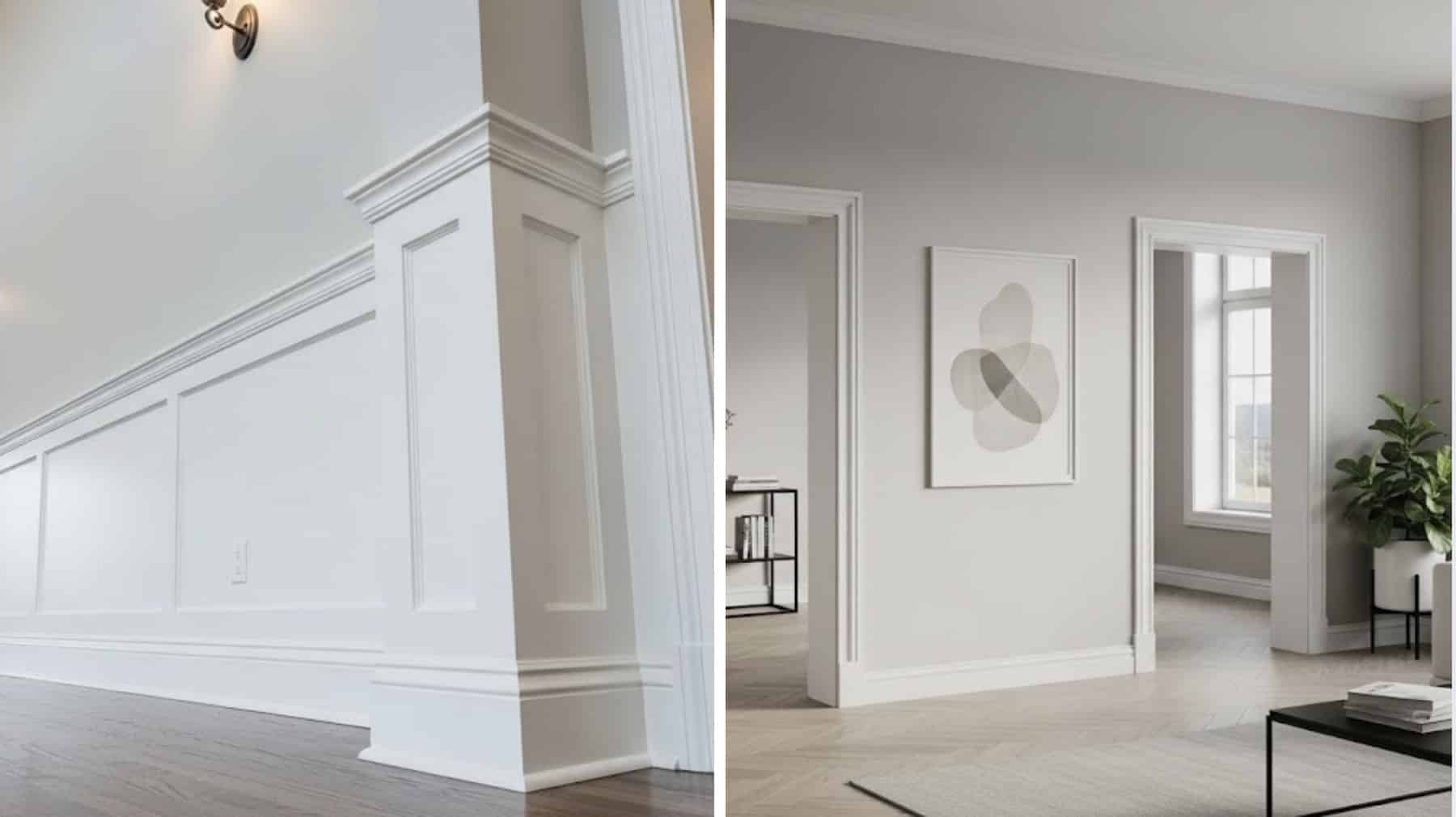
These trims are designed for modern or contemporary interiors, focusing on clean lines and simplicity without sacrificing style.
20. Flat Stock Molding
Flat stock molding is a simple, straight-cut trim that creates a clean and minimalist look.
It works well in modern, industrial, or contemporary interiors where smooth surfaces and straight lines are preferred.
This trim complements spaces that emphasize functionality and understated details.
21. Tall Baseboard
Tall baseboards are ideal for large, open spaces with high ceilings. They provide a dramatic effect and help anchor the room’s design, creating a more formal, traditional look.
Tall baseboards enhance a room’s presence without being overly ornate, making them suitable for refined interiors.
What to Consider When Picking Trim for Your Home?
Choosing the right trim for your home is an essential part of interior design.
Trim is not only functional, it improves the style of each room, creates a finished look, and ties together the overall appearance of your space.
Here are the key factors to consider when selecting trim for your home:
1. Room Functionality
Think about what each room is used for.
Fancy rooms like dining areas need trims that look detailed and stylish, like crown molding or chair rails. Simpler rooms do well with basic baseboards or flat trim.
If people walk through a room frequently, consider choosing strong trim to protect your walls from damage caused by shoes, furniture, or cleaning.
2. Ceiling Height
Your ceiling height helps decide what kind of trim looks good. Tall ceilings can handle big, fancy trims like crown molding.
These trims make rooms feel even bigger. Short ceilings work better with smaller, simple trim styles.
Slim baseboards or soft curved molding make the space feel clean and open without drawing too much attention to the ceiling.
3. Color Coordination
Trim color should match or highlight your room.
White or light trim goes with almost anything and keeps the space bright. If you want a bold look, use a darker trim that stands out from your wall color.
Wood trim in natural colors adds warmth and works well in rustic or farmhouse homes, especially when paired with earth-toned walls.
4. Home Style
The design of your home should match the trim you pick.
Traditional homes look best with fancy trim styles like crown molding or wainscoting. If your home is modern, go for clean, flat trim that keeps the space simple.
Rustic homes do well with natural wood trim or old-style wall panels that add warmth and texture to the room.
5. Budgeting
Trim comes in many prices, so think about your budget before choosing.
MDF and vinyl are cheaper but still look nice, especially when painted. Solid wood and PVC cost more but last longer and hold up better in busy rooms.
If you’re handy, you can save money by installing simpler trim styles yourself with a few basic tools.
Installation Tips for Trim and Molding
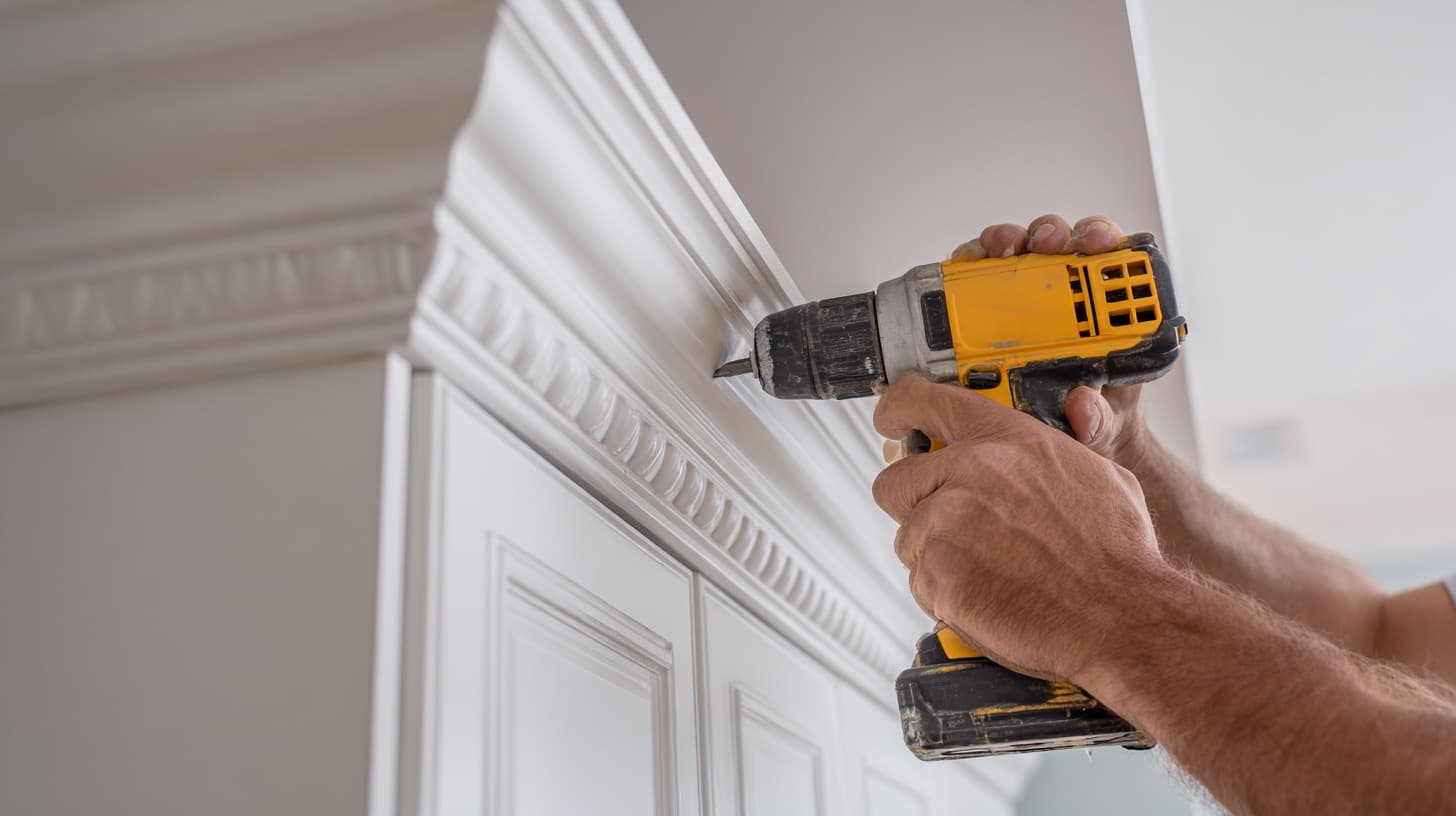
Installing trim and molding doesn’t have to be difficult.
With the right tools and a few smart techniques, you can get a professional-looking result on your own.
- Gather the Right Tools: Keep tools like a measuring tape, miter saw, nail gun or hammer, wood glue, caulk, putty, and a level handy.
- Measure and Cut Precisely: Measure twice before every cut, and use a miter saw for accurate angled cuts at corners.
- Dry Fit Before Attaching: Test-fit trim pieces first and cut them slightly longer; you can always trim more if needed.
- Secure the Trim: Nail every 12–16 inches and add wood glue to the back for better hold, especially with delicate pieces.
- Fill Holes and Gaps: Use wood putty on nail holes, then sand smooth; apply caulk between the wall and trim for a polished look.
- Sand and Finish: Sand rough edges and apply paint or stain after prepping the surface for a clean, cohesive finish.
- Use a Level and Square: Always check that pieces are level and that corners form perfect 90-degree angles with a square.
With some patience and these simple tips, your trim installation can look like it was done by a pro, minus the pro price tag!
Final Thoughts
Adding trim or molding is a great way to make your home feel more finished and full of character without a big budget or stress.
Even if you are new to DIY projects, taking your time and using the right tools can help you get smooth results you are proud of.
Trim can change how your space looks and feels, giving you both style and a strong, lasting finish in every room.
What type of trim fits your home best or feels right for your style? Tell us your pick or share your ideas in the comments below.

